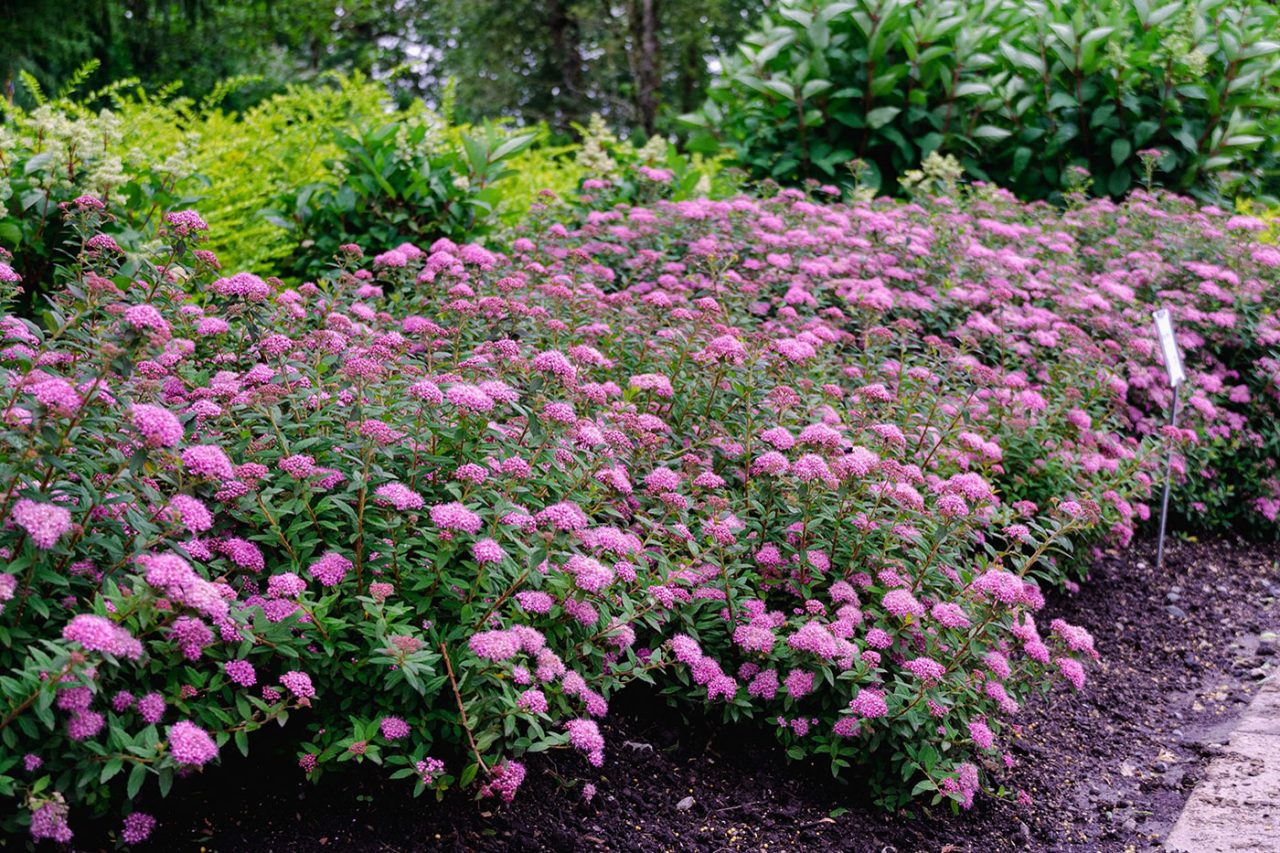Spirea,Spiraea, is a popular shrub that is widely used in landscaping. It comes in a variety of sizes, shapes, and colors, making it a versatile plant for any garden. Whether you’re looking to add a splash of color to your yard or create a hedge for privacy, spirea is an excellent choice. In this article, we’ll provide some tips for planting and growing spirea to help you get the most out of this lovely plant.
Choosing the Right Location
Before you start planting spirea, it’s essential to choose the right location. Spirea thrives in well-drained soil and full sun or partial shade. It’s best to plant spirea in the early spring or fall when the weather is cooler. If you’re planting multiple spirea shrubs, make sure to space them out evenly to allow for proper growth.
Preparing the Soil
Once you’ve chosen the location, it’s time to prepare the soil. Spirea grows best in soil that is well-drained, fertile, and slightly acidic. Before planting, amend the soil with organic matter, such as compost or peat moss, to improve drainage and nutrient content.
Planting Spirea
To plant spirea, dig a hole that is twice as wide and just as deep as theroot ball. Gently remove the plant from its container and loosen any tangled roots. Place the plant in the hole and backfill with soil, making sure to tamp it down firmly around the base of the plant. Water thoroughly to help settle the soil and encourage root growth.
Caring for Spirea
Once your spirea is planted, it’s important to care for it properly to ensure healthy growth. Here are some tips:
- Water regularly:
 Spirea needs regular watering, especially during hot, dry weather. Water deeply once a week, rather than frequent shallow watering.
Spirea needs regular watering, especially during hot, dry weather. Water deeply once a week, rather than frequent shallow watering. - Fertilize:
 Spirea benefits from regular fertilization to promote healthy growth and vibrant blooms. Use a balanced fertilizer in the early spring and again in the fall.
Spirea benefits from regular fertilization to promote healthy growth and vibrant blooms. Use a balanced fertilizer in the early spring and again in the fall. - Prune:
 Spirea benefits from regular pruning to maintain its shape and promote new growth. Prune in the late winter or early spring before new growth appears.
Spirea benefits from regular pruning to maintain its shape and promote new growth. Prune in the late winter or early spring before new growth appears. - Watch for pests and diseases:
 Spirea is generally a hardy plant, but it can be susceptible to pests and diseases like aphids, spider mites, and powdery mildew. Keep an eye out for any signs of trouble and treat promptly with appropriate measures.
Spirea is generally a hardy plant, but it can be susceptible to pests and diseases like aphids, spider mites, and powdery mildew. Keep an eye out for any signs of trouble and treat promptly with appropriate measures.
In conclusion, spirea is a beautiful and versatile plant that can add color and texture to any landscape. By choosing the right location, preparing the soil, and providing proper care, you can enjoy the beauty of spirea for many years to come.I hope you find this helpful!
Source: https://balconygardenweb.com








